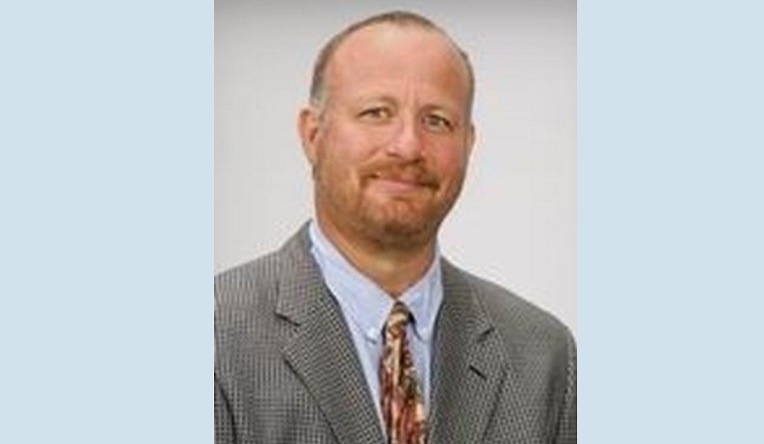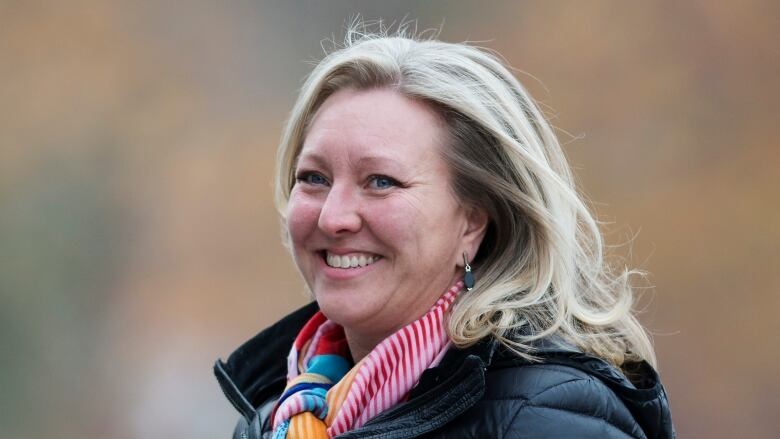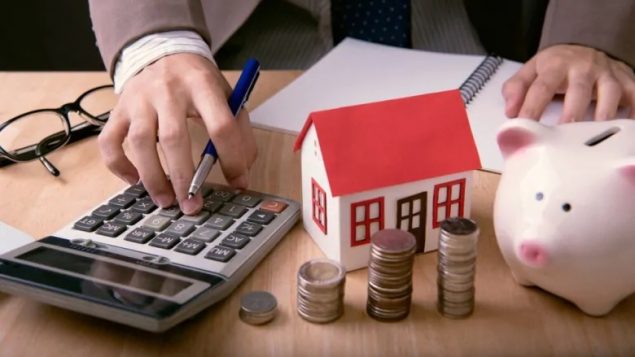Something brand new has happened in Canadian politics. Just last week, the recently re-elected Prime Minister Justin Trudeau, named his cabinet. One of the ministers was named to a new position of Minister of Middle-Class prosperity.
Stephen Gordon (PhD) takes a look at how we define this “class” and the job of the new ministry. He is a professor of economics at Laval University in Quebec City.
ListenGordon says Mme Fortier, as the associate Minister of Finance, responsible for ‘middle class prosperity” will have a tough job. Partly because there’s no definition of middle class.

Stephen Gordon (PhD) is a professor of economics at Laval University, Quebec City. (supplied)
Asked in a CBC interview to define middle class, Fortier responded, “Well, I define the middle class where people feel that they can afford their way of life. They have quality of life. And they can … send their kids to play hockey or even have different activities. It’s having the cost of living where you can do what you want with your family. So I think that it’s really important that we look at, how do we make our lives more affordable now?”

Liberal Member of Parliament for Ottawa-Vanier, Mona Fortier shown in Ottawa just prior to being sworn in as Minister of Middle Class Prosperity and Associate Minister of Finance at Rideau Hall on Wednesday. (Sean Kilpatrick/Canadian Press)
A national poll done by Canada’s MacLean’s magazine found that roughly 70 per cent of Canadians defined themselves as middle class.
In May 2017, Transport Minister Marc Garneau in the House of Commans had another way of defining it using ‘values’, saying,
“Middle-class values are values that are common to most Canadians from all backgrounds, who believe in working hard to get ahead and hope for a better future for their children.”
Still another definition comes from the Organization for Economic Co-operation and Development (OECD). That 2016 definition for middle class says it’s anyone who earns between 75 per cent and 200 per cent of median household income after tax.
Because the term is vague, and the duties of the new minister seem vague at this point, and because much of the population in Canada in the median income range has been doing relatively well, Gordon says she’ll have to find problems that need solving.
Asked if the new breif was political window dressing by the Trudeau government, Gordon responded that if the government can’t define middle class, and won’t define it, then “yes, I think so”.
Additional information
- OECD-Dec 1/16: The Squeezed Middle Class
- CBC: S. Hogan: Oct 13/19: who is Canada’s middle class
- CBC: Nov 22/19: What does a minister of middle class prosperity do?
- Globe and Mail: B Curry: Nov 22/19: New minister of middle class prosperity declines to provide clear definition of middle class
- TorStar: J. Wells: Nov 23/19: Is the new minister of middle class prosperity for real?







For reasons beyond our control, and for an undetermined period of time, our comment section is now closed. However, our social networks remain open to your contributions.